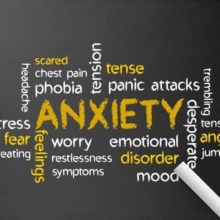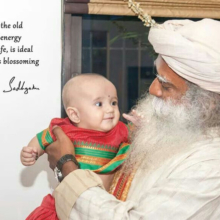Augmented Certainty (AR)
Augmented certainty (AR) can be an interactive connection with a real-world atmosphere where the things that have a home in real life are increased by computer-generated perceptual facts, sometimes across several sensory modalities, integrating aesthetic, auditory, haptic, somatosensory and olfactory. AR can be explained as something that fulfills three simple features: a variety of real and personal worlds, real-time connections, and precise 3D enrollment of online and real items. The overlaid sensory details could be constructive (my partner and i.e. additive for the environment), or detrimental (i.e. masking of this environment). This expertise is certainly seamlessly interwoven together with the physical world so that it is regarded as an immersive facet of the real surroundings. In this manner, augmented actuality alters one’s continuous perception of your real-world surroundings, whereas virtual fact totally replaces the user’s real-world atmosphere which has a simulated one. Augmented the truth is linked to two largely associated terms: mixed fact and computer-mediated fact.
The primary worth of augmented the truth is the manner where the different parts of the digital globe blend right into a person’s conception of real life, not as a straightforward display of files, but with the integration of immersive feelings, which are regarded as natural elements of an environment. The initial functional AR methods that offered immersive mixed fact experiences for customers were conceived in the first 1990s, you start with the Virtual Fittings system developed with the U.S. Air flow Force’s Armstrong Lab in 1992. Industrial augmented reality experience was first unveiled in enjoyment and gaming companies. Subsequently, augmented truth applications own spanned commercial market sectors such as schooling, communications, medication, and enjoyment. In education, information may be reached by checking or viewing a graphic with a cellular device or through the use of markerless AR approaches. An example highly relevant to the construction market can be an AR helmet for construction industry workers which displays information regarding construction sites.
Augmented the truth is used to improve natural surroundings or situations and provide a perceptually enriched experience. By using advanced AR solutions (e.g. incorporating computer eyesight, incorporating AR cams into smartphone software and object identification) the info about the encompassing real life of an individual turns into interactive and digitally manipulated. Information regarding the environment and its own objects can be overlaid in real life. This information could be virtual or genuine, e.g. discovering other true sensed or assessed information such as for example electromagnetic stereo waves overlaid in actual position with where they are actually in the area. Augmented reality also offers plenty of potential inside the gathering and writing of tacit understanding. Augmentation techniques are usually performed instantly and in semantic contexts with ecological components. Immersive perceptual details are sometimes coupled with supplemental details like scores over the live video give food to of a wearing event. This brings together the advantages of both augmented actuality technology and minds up display systems (HUD).
Check More at http://flywait.mindzoom.hop.clickbank.net
















